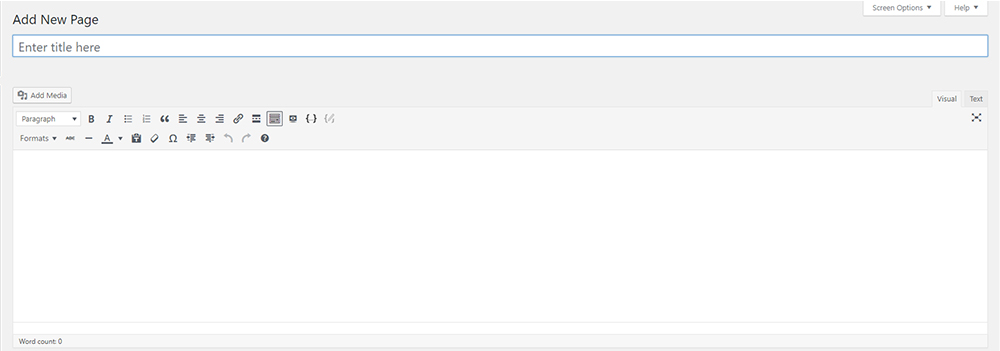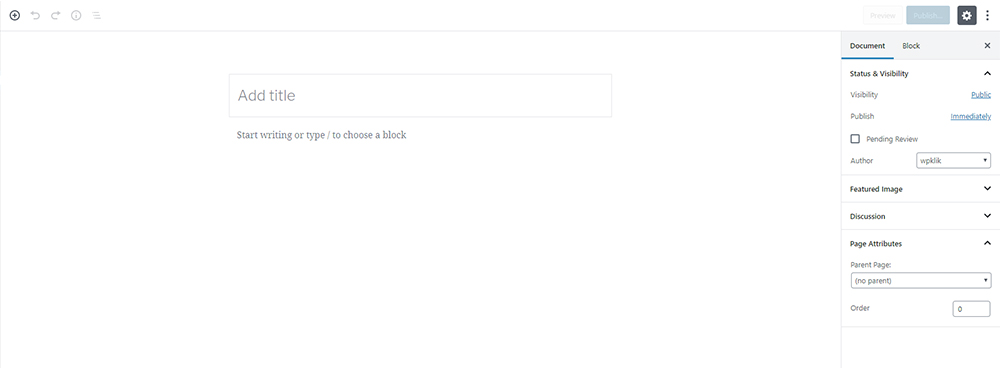Gutenberg: A New Way to Manage Content in WordPress
If you've been editing your content with WordPress, you may have noticed that the editor has stayed the same for years. That's about to change with WordPress version 5.0. Gutenberg, a code name for the new WordPress visual editor, is here. It is a total replacement to the WordPress default "classic" editor.
Here's what the default classic editor looks like:

Here's what Gutenberg, the new editor, looks like:

Certainly looks different, right? It's also going to be a completely different way to edit your content. Your content will be made up of blocks. The goal is to make editing your content easier while giving you more options.
What are Blocks?
Right now, the classic editor is a single text field. You have a toolbar that gives you some options, like bold, italic, links, etc. You have to know HTML if you want to create an element that's not part of the toolbar. Gutenberg replaces that single field with a bunch of different fields called blocks.
These blocks can be anything. For example, you'll have blocks for:
- Regular text
- Images
- Columns
- Video embeds
- Buttons
- Widgets (yes, those same widgets you use in your sidebar)
- Tables
- Etc.
Each block is its own entity that you can manipulate individually. You can drag-and-drop, you can apply different background colors, you can show or hide a block based on the context (like a logged in user). Blocks will give you enormous flexibility.
With flexibility, however, comes complexity. The initial learning curve is not steep, but it's there. The range of options can be overwhelming, at first, and you might not know the best way to proceed.
Gutenberg is the Future
For casual editors, like you, Gutenberg will bring a more flexible content creation experience. If you've used Medium, you may recognize this editing experience. You'll be able to more easily design different layouts. Gutenberg may eliminate the need for page builders for most "typical" content, and it also creates a way to create more complex layouts.
The developers of WordPress intend to take Gutenberg even further: they want to go beyond individual posts, into page templates, and, ultimately, into full site customization. That means you’ll be able to build your whole site using Gutenberg, including landing pages and other important content. Imagine that!
What Do I Do Now?
For now, nothing. HSS has taken steps to ensure that the classic editor continues to be available for you. We are testing every site to make sure that your theme and your plugins are compatible with Gutenberg.
The classic editor, however, is a stop-gap: it will not be available long-term. Your site will have to use Gutenberg eventually.
We can work with you to show you how to use Gutenberg. Contact us if you want to get a hands-on demo.
To learn more, simply complete the form below and we’ll be happy to follow-up with additional information, including:
- Needs Assessment
- Cost Estimates
- Questions & Answers

